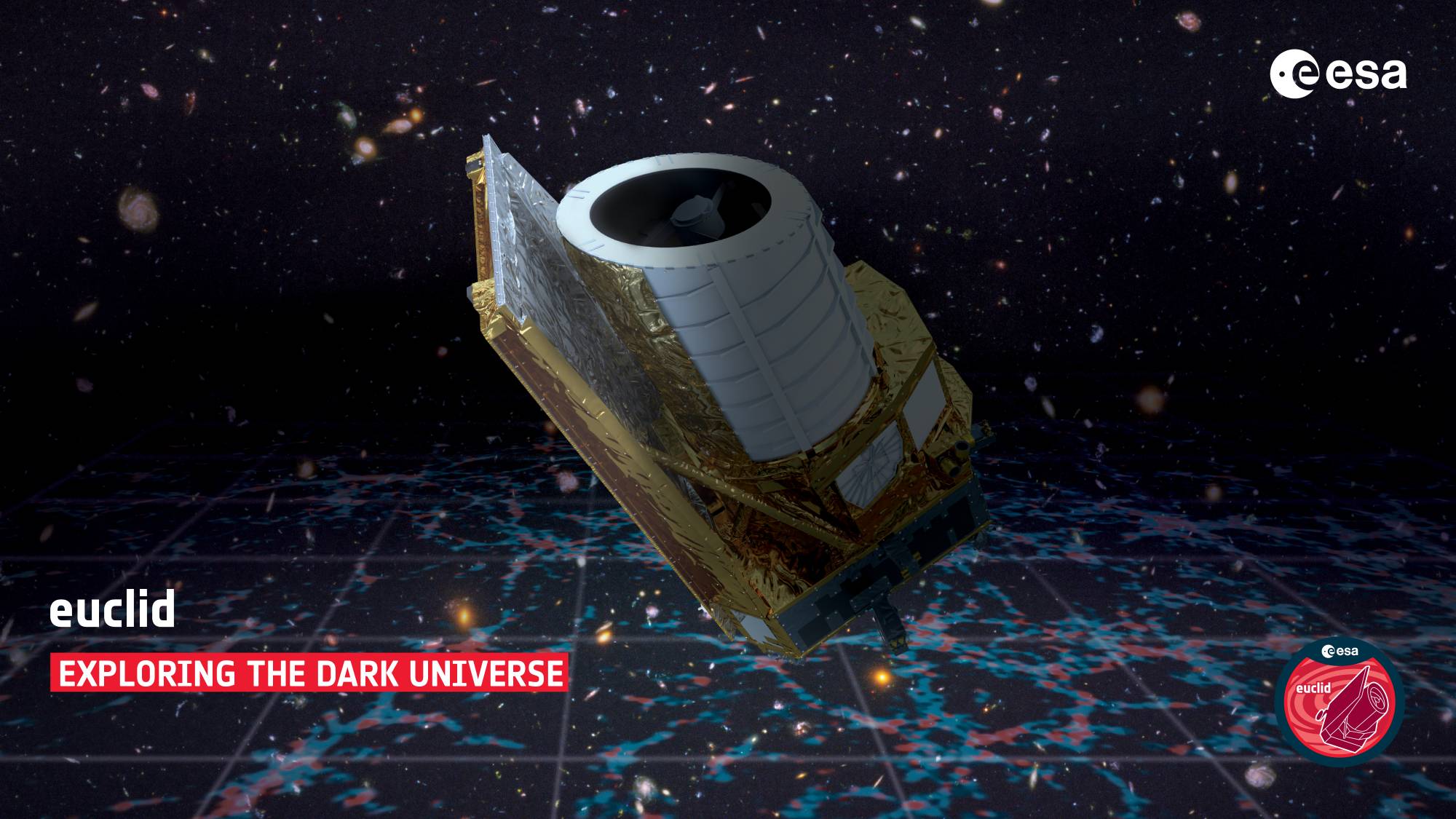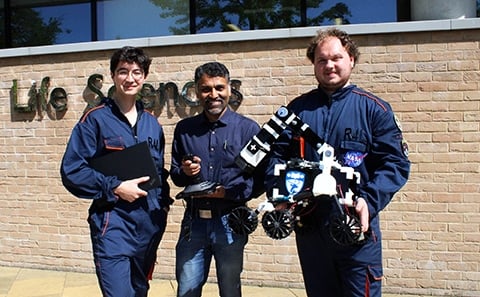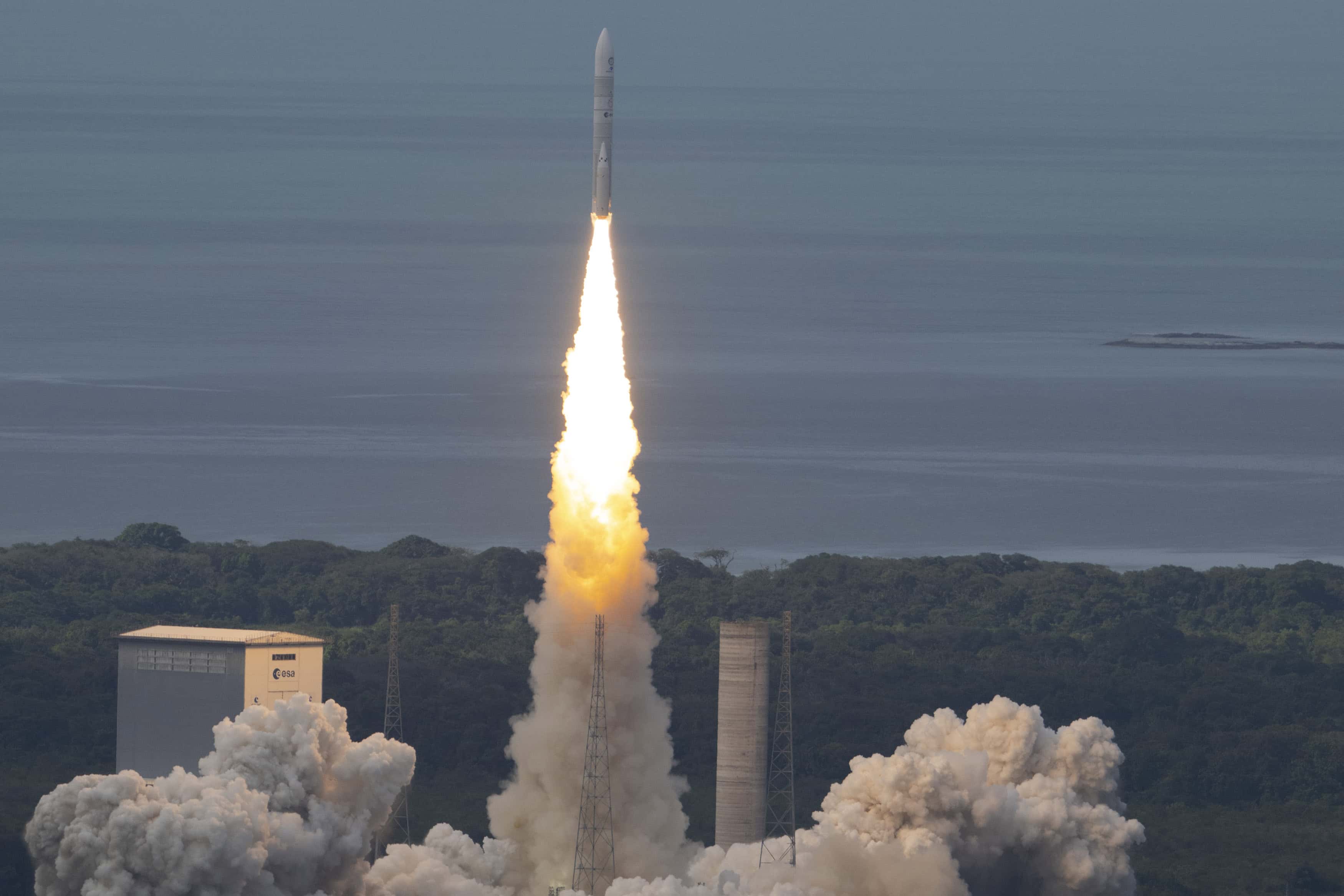
Set to launch on July 1, 2023, the Euclid space mission promises to revolutionize our understanding of the Universe. The mission, named after the Greek mathematician Euclid of Alexandria, will meticulously create a 3D map of the Universe spanning 10 billion light-years, offering unprecedented insights into dark matter, dark energy, and gravity. Over a third of the sky will be observed, capturing billions of galaxies in detail.
- The Euclid space mission will create a 3D map of the universe, offering insights into dark matter, gravity, and dark energy;
- Takeoff is expected on July 1st from Cape Canaveral, Florida;
- Euclid will cover large distances and times, testing if general relativity holds up at the largest scales;
The Euclid spacecraft, equipped with a 1.2-meter telescope and advanced cameras, will be launched by a SpaceX Falcon 9 rocket from Florida. The endeavor is a collaborative effort between ESA, NASA, and the Euclid Consortium of over 2000 scientists. The mission aims to answer key cosmology questions, with the first results expected by the end of 2025. This groundbreaking project stands to generate a unique data archive, propelling research across all astronomy disciplines.
The mechanics of the mission
In a significant leap for cosmology, Euclid will delve into the mysteries of our Universe. The spacecraft is comprised of a service module and a payload module. The latter includes a 1.2-meter telescope, a visible-wavelength camera (VIS), and a near-infrared camera/spectrometer (NISP). This equipment will allow Euclid to capture high-quality images in optical and near-infrared light, offering a detailed view of the extragalactic sky outside the Milky Way.
Euclid’s mission is not just to observe but to measure. The near-infrared spectrometer and photometer will evaluate the redshift of galaxies, providing essential data on the Universe’s expansion. By studying the gravitational lens effect caused by dark matter, Euclid will map the distribution of this elusive substance. This gravitational lensing phenomenon occurs when the light from distant galaxies is distorted by the gravitational pull of dark matter.
International collaboration and innovation
Over 2000 scientists from more than 300 research institutes across 13 European countries, the US, Canada, and Japan, have united under the Euclid Consortium to bring this mission to life. This international collaboration exemplifies the global investment in understanding our Universe better. In addition to ESA and NASA, many research institutes have significantly contributed to the project.
One such institute is the University of Zurich (UZH) in Switzerland, where a team of researchers is contributing to the scientific evaluation and analysis of the mission’s data. Finnish researchers have also made considerable contributions, developing computing methods and data quality-assurance methods for the Euclid project. The Finnish Euclid science data center will process 5 percent of Euclid’s collected data.

Redefining our understanding of the universe
Euclid’s mission might shed light on five key mysteries of the Universe. The first of these is the structure and history of the cosmic web, the vast network of galaxies, gas, and dark matter that threads the Universe. Euclid will peer deeply into the sky, mapping the shapes, sizes, and positions of billions of galaxies and revealing the structure and history of the cosmic web.
The mission also aims to uncover the nature of dark matter. Despite decades of research, we still don’t know what makes up the missing mass in the Universe, referred to as dark matter. Euclid’s precise measurements of cosmic structure can help determine the total mass of neutrinos in our Universe and their contribution to dark matter.
Unfolding the expansion of the universe
The Euclid mission will probe how the Universe’s expansion has changed over time. Until recently, scientists assumed that the speed of expansion would slow down over time, but cosmologists made the surprising discovery in the 1990s that the Universe is expanding faster than it used to. Euclid will observe whether the Universe’s expansion is the same in all directions, a finding that could challenge the cosmological principle at the heart of many models used in cosmology.
Euclid will also seek to understand the nature of dark energy, the mysterious force driving the Universe’s accelerating expansion. Finally, the mission will test our understanding of gravity. The existence of dark matter and the Universe’s accelerating expansion suggest we may be missing something crucial about gravity. Euclid will cover large distances and times, testing if general relativity holds up at the largest scales.

Anticipated outcomes and impact
Euclid will begin collecting measurements three months after its launch, with the first results expected by the end of 2025. The findings from the Euclid mission will significantly impact our understanding of the Universe, particularly regarding dark matter, dark energy, and the laws of gravity. The Euclid project holds immense promise in shedding light on these cosmic mysteries.
Euclid’s first images are expected to be received by the end of the year, marking the beginning of an exciting era in our exploration and understanding of the Universe. The UZH team is already working on the methodology and tools to process and analyze the data that Euclid will collect. With its advanced capabilities and the collaborative efforts of researchers worldwide, Euclid is poised to make significant contributions to our understanding of cosmology.








